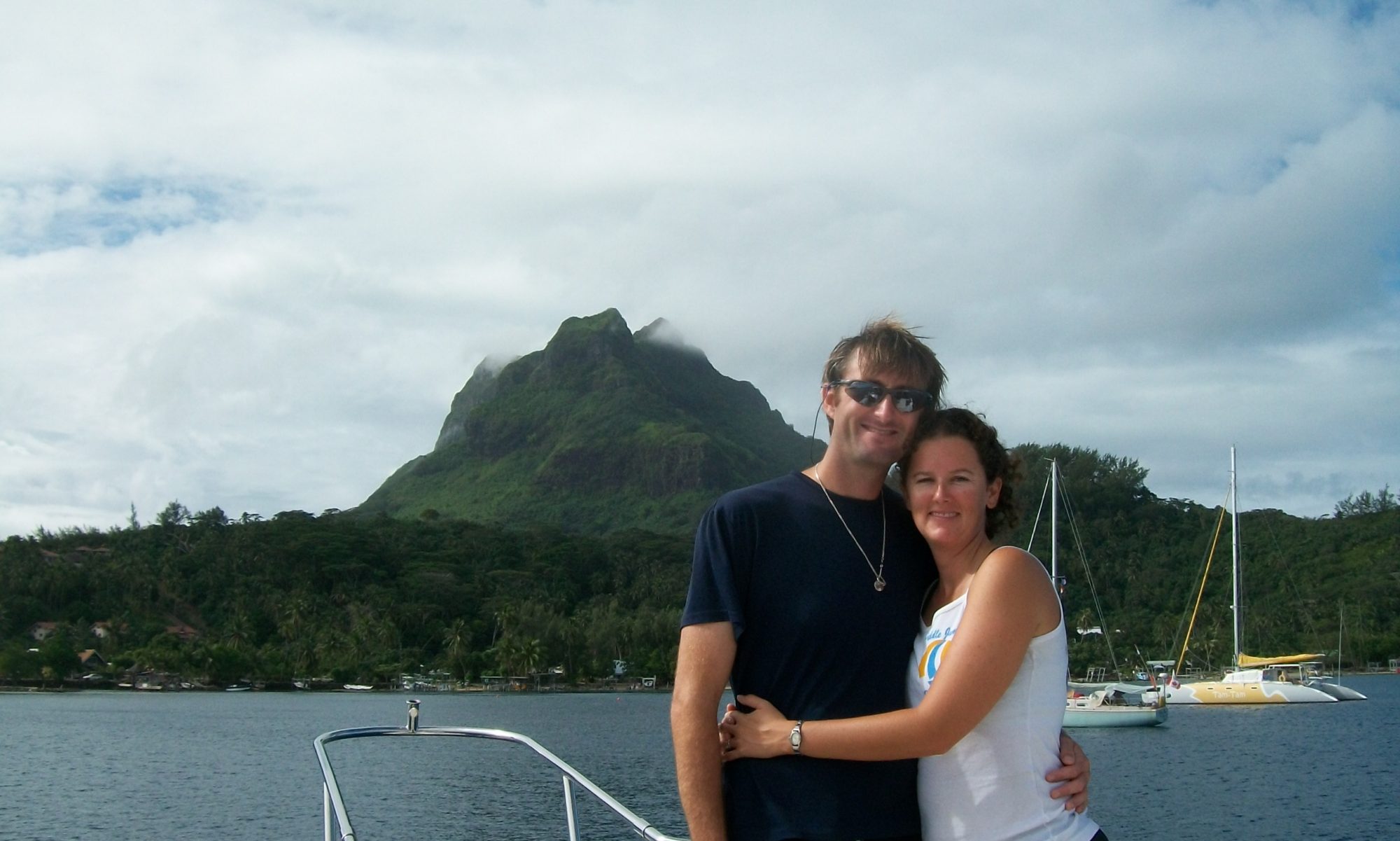The past year has been an adventure beyond description and we are blessed to have the chance to make this dream come true. Thank-you all so much for sharing it with us. Your comments and emails have been a real encouragement for us as we have strived to maintain this video blog in a part of the world that doesn’t exactly lend itself to high speed internet…or any internet for that matter. Your questions and comments on the blog, Facebook and emails have been great, please keep them up!
We’re still out here exploring the south pacific, in the coming year we hope to see an actual continent again (no rush on that though!)
If I could offer you one thought for the coming year it’s this: According to the people I talk to out here travelling with me, very few people who set out to do a trip like this actually accomplish it. The number one reason has to do with health and often it is simply because they waited too long. They bodies gave out before they were ready.
I know dropping everything isn’t in the cards for everyone and grabbing a piece of your dream now, however small, at least gets you going in the right direction. Upon seeing some of the marvelous islands we’ve been to, one of my fellow crewmen (woman, actually but crewwoman sounds funny) has gotten into the habit of says “Good work God.” God has indeed done some awesome work on this little ball of rock we call Earth…and the only way you can experience it is to take the first step now. Simply said: it’s awesome out here.
Until then, we’ll keep blogging as long as you keep watching!
-Greg & Tiffany
Here’s Tiffany with her new Polynesian ukulele (not to be confused with a Hawaiian ukulele) and a nice, cheap, fresh baguette in Tahiti, two key pieces of Polynesian culture.
Here’s Greg smirking next to the tiki we’ve been calling “tripod”, one of the gods from Rarotonga in the Cook Islands with his Hawaiian ukulele. Um, they put this tiki, in all his glory, on their $2 coins…


























